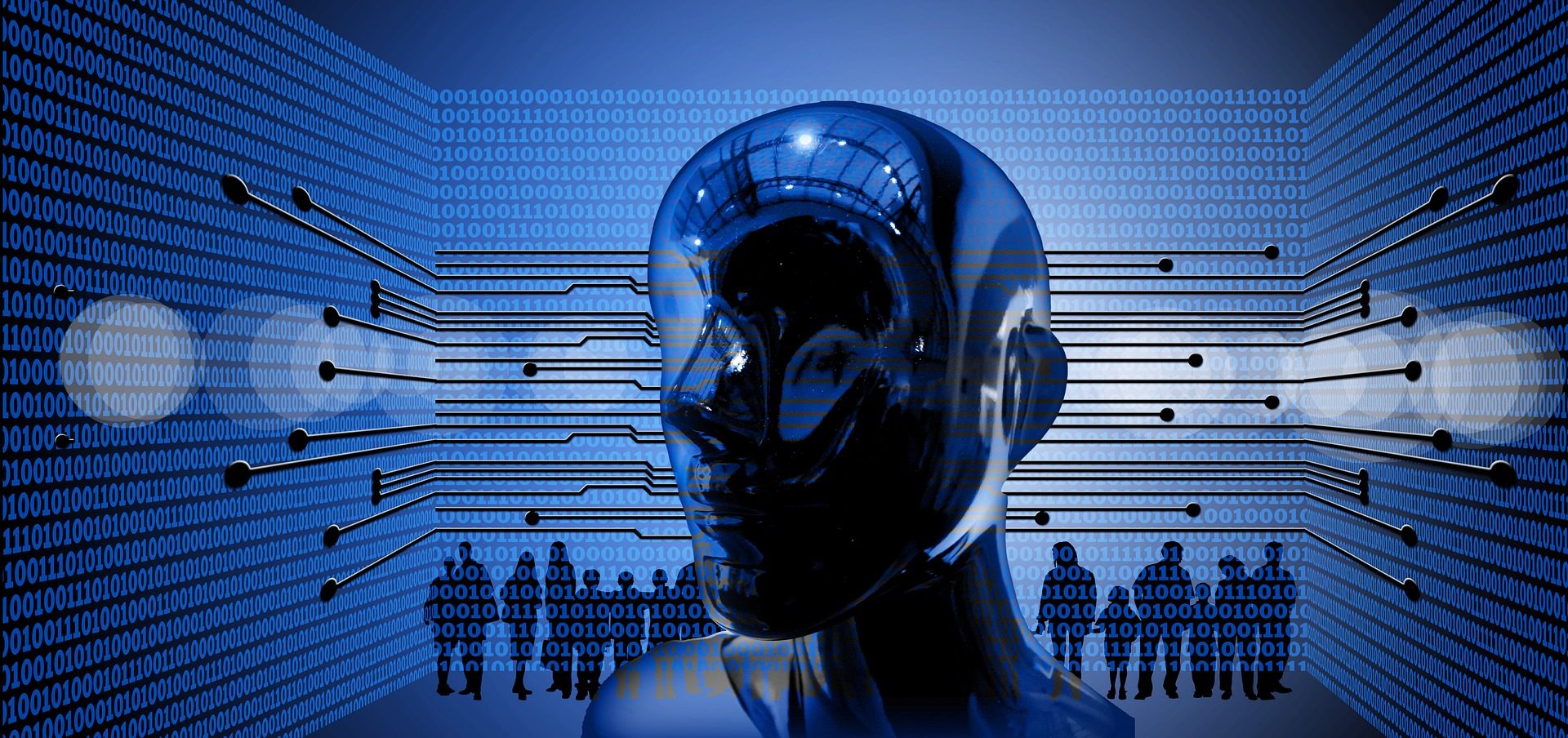Intelligence is the ability to acquire and apply knowledge and skills to real-world environments that affect one’s sphere of influence. Then Artificial intelligence would mean human ability to install or augment intelligence in things that are not meant to be naturally intelligent. Our understanding of intelligence has evolved over several decades. Sternberg’s Triarchic theory classifies intelligence into Analytical, Practical and Creative sub-theories. His work nudged people to evaluate intelligence using a cognitive approach rather than psychometric measures. Howard Gardner later classified intelligence into 9 types listed below

How good are the AI systems today in comparison to humans?
Intelligent living organisms have evolved over 3.8 billion years. They have acquired the ability to co-locate the intelligence to synthesize solutions with physical forms capable of delivering them to solve a given problem. For an artificially intelligent system,
When humans meet AI
The recent years probably is not the first encounter for mankind with Artificial Intelligence. We have been redefining Artificial Intelligence for a very long time to stuff that the machines cannot do yet. The techniques and algorithms used in deep learning today are not new and have been there
The McKinsey Global Institute in 2016 analysed the work done by humans across industries, broke work into generic tasks. It was possible to classify these tasks into seven distinct categories. They were able to estimate the percentage of time spent on automatable tasks in these seven categories. The top three categories where automation and AI will play a major role given the current technological breakthroughs are tasks that involve predictable physical work, data processing and data collection.

Evolution of Artificial Intelligence
Artificial intelligence systems will become polyvalent, establish a trust system to leverage teaming, will learn to cooperate, delegate and compete. It will decide to be our friends or fight, but before all of that, it will evolve.

Artificial intelligence systems will become autonomous. It will be self-sufficient and will be able to control the decisions leading to accomplishing its destined goals. They will become independent of human intervention and be able to establish one of the strongest economies. The possibilities from here can only be subjective. A self-governed and independent system will need to develop sentience to stay relevant in the evolution process. The trust systems will mature to think and perceive. They will come to identify their ecosystem and the surroundings will have a major influence on the path to discovering a solution. Self-awareness should result from continuous feedbacks from the environment discerning oneself from the rest. Self-awareness, rate limiting resources, incompatibilities and other ecosystem constraints should fuel the evolution of Existential Intelligence.
Beyond the future
Natual Language Processing, Computer vision, robots that mimic living organisms have matured. We have started consuming services delivered through these technologies. More possibilities will emerge as sophisticated delivery forms become available. Today AI learns with supervised training. It relies on us to feed them with data. However, we are still to understand precisely why they choose what they choose. We are catching up. We need to be able to deterministically evaluate the decision-making process before we reach the weaning period. Estimates say that it would require 1025 FLOPS of computing power to reach human level intelligence. It will be interesting times when such compute power will weigh less than our wallets today, consume significantly less power than our wrist watches and affordable to the masses. There is nothing wrong in being a little paranoid about Artificial Intelligence for it is modelled after us. We shall only hope AI to avow “Made by humans, I refuse to hate”.
